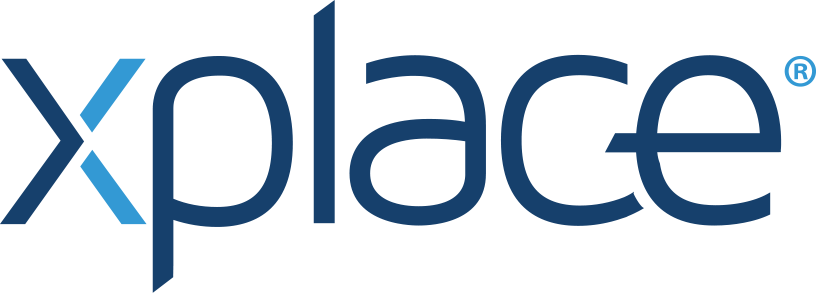The image capture market itself is experiencing a good period of growth. More and more organizations are moving from paper-waste processes to digital document management.
Document capture technologies of today and tomorrow must meet the flexibility demands of all mobile users. Image capture encompasses a lot of applications, such as photography, video editing, document imaging and management, and more. Every organization is migrating from paper-based work processes to digital document management within the document imaging and management market. Thus, image capture technologies have become a hot topic in software development and enterprise.
Image capture is one of the core components of any effective enterprise content management (ECM) solution. And the ECM market is growing. Image capture is central to ECM document processing in many vital markets: healthcare, government, finance, etc. So, how will image capture technology continue to adapt to meet the growing and ever-changing market demands? There are likely three emerging trends that will become standard practices in the image capture market.
Mobile Image Capture
A mobile workforce is no longer a pipedream – it happens everywhere and practically by every organization. Workers today are no longer tethered to just their desktops. Their smartphones, tablets, and laptops are always at their side. As a result, many organizations have also taken advantage of bring-your-own-device (BYOD) policies so workers can leverage their own mobile devices for work. Mobile image capture is becoming more essential than ever. Scanning and inputting documents while sitting by a traditional scanner will not cut it by itself. Image capture will now need to include the use of smartphones, tablets, laptops with built-in cameras, and more. We already see a massive application for this with mobile banking apps and check to process. One day we will witness even medical and government offices doing the same with consumers. Typical offices have many applications: doctors scanning a patient record to share with other providers; loan documents scanned for sharing between processors, etc.
Cloud-Based Image Capture
The mainstream use of cloud-based applications to expedite image capture workflows is amongst us. However, it is hitting a fever pitch in the industry this year and beyond. Image capture solutions will have to be flexible to work with different platforms and imaging devices by supporting standards like HTML5, TWAIN, etc. An image capture SDK allows you to build your application to scan data. Out of all technologies, TWAIN image capture SDK is the leading and most effective one as it offers good OS & digital camera support, scanning functionality, and security features.
Security will continue to be a concern too. So, image capture solutions will have to blend well with public/private cloud mixes. This ensures security for captured images, whether during transmission or storage. Look for more and more solutions throughout this year and next that deploy cloud-based image capture applications.
Big Data and Image Capture
A critical benefit to capturing documents in a digital state is to be able to organize them all. But data mining is now also important. Big data and image capture will be crucial for any document management solution. Image capture solutions will have to employ even more powerful metadata capabilities. As more and more organizations turn to digital document management, they’ll expect big data alongside. Metadata’s role is now shifting. It’s no longer just for categorizing or identifying digital documents. It must now be leveraged for competitive data advantages too.
Conclusion
As a result of these trends, the image capture market itself is experiencing a good period of growth. More and more organizations are moving from paper-waste processes to digital document management. Thus, more and more technology solutions pop up to feed the need. Next-generation document management applications must have powerful image capture capabilities. Image capture will have to be possible while workers are mobile and from any device. Image capture will have to be cloud-powered too. And, cloud-based image capture will need to rival desktop-based capabilities. When images are captured for documentation, the metadata will be vital. Image capture capabilities must be able to let organizations also mine meaningful data for competitive advantages. These trends drive home why it’s more important than ever to ensure your image capture capabilities are next-generation today.
While you look for an image scanner online, do not forget to take everything into consideration before you make a decision.








 פרסום פרויקט
פרסום פרויקט


 התחבר עם פייסבוק
התחבר עם פייסבוק
 התחבר עם LinkedIn
התחבר עם LinkedIn